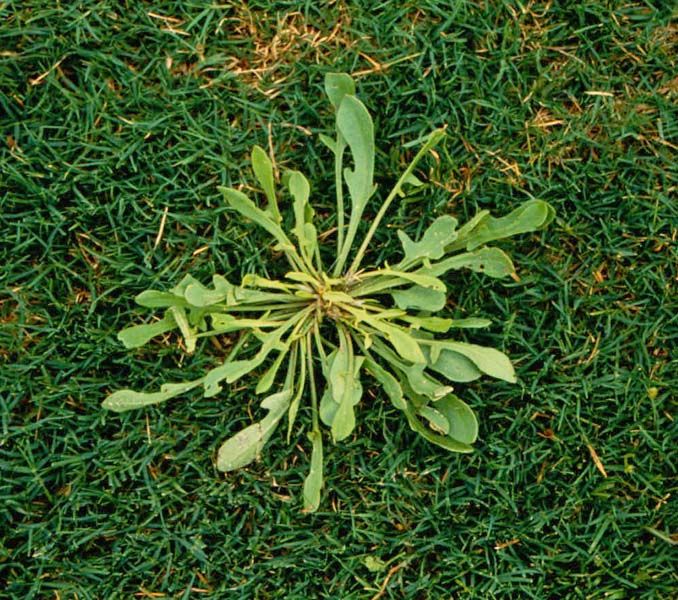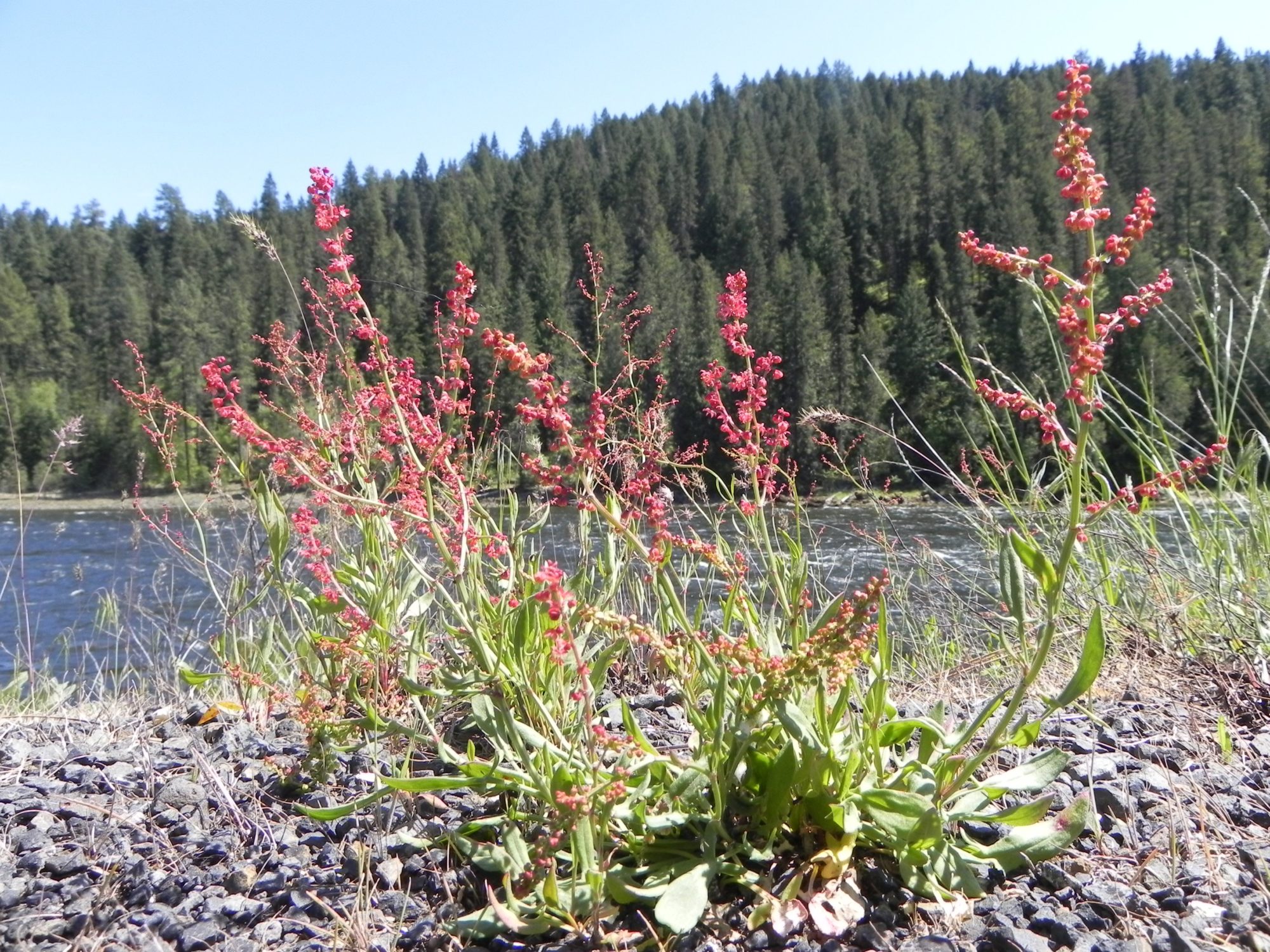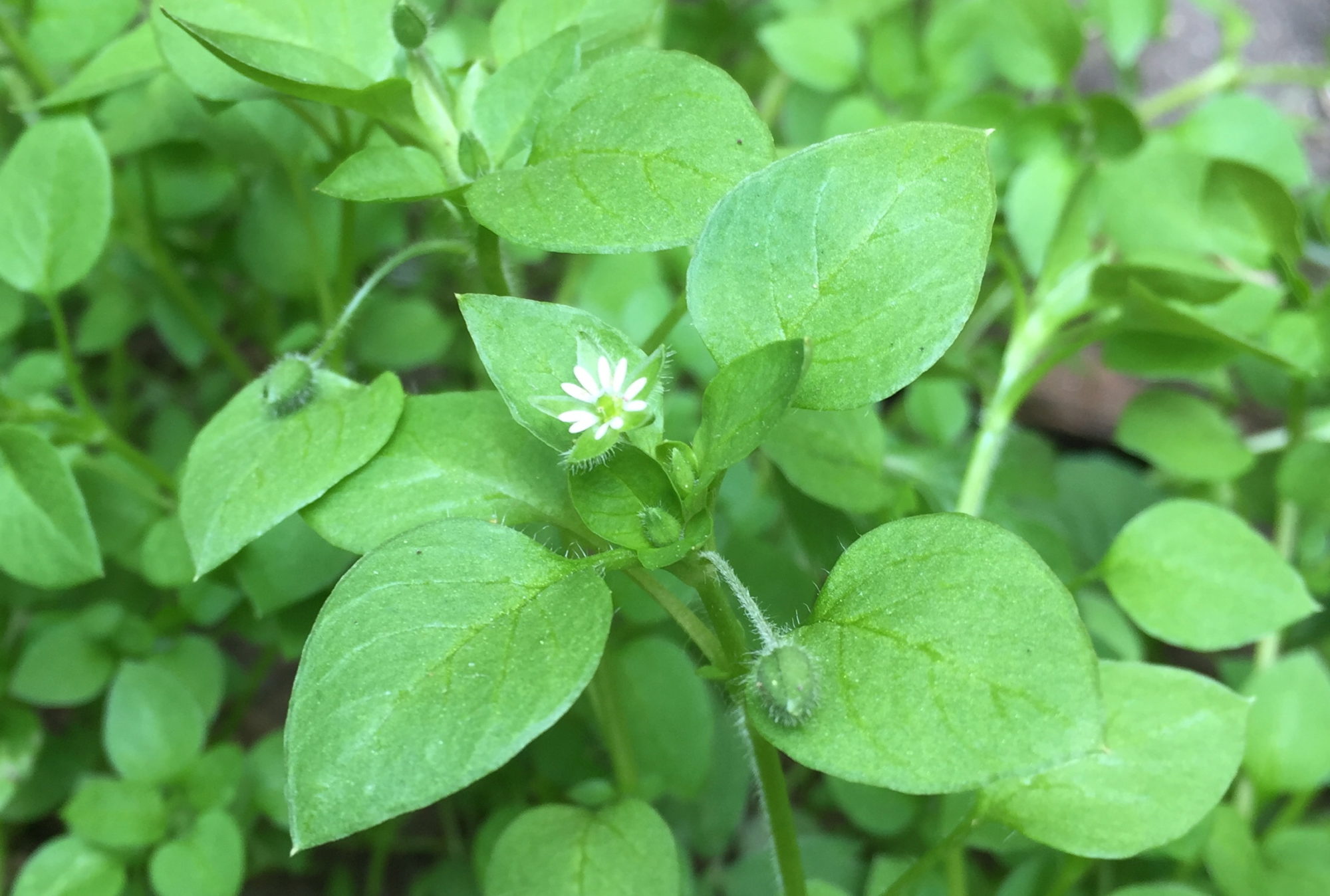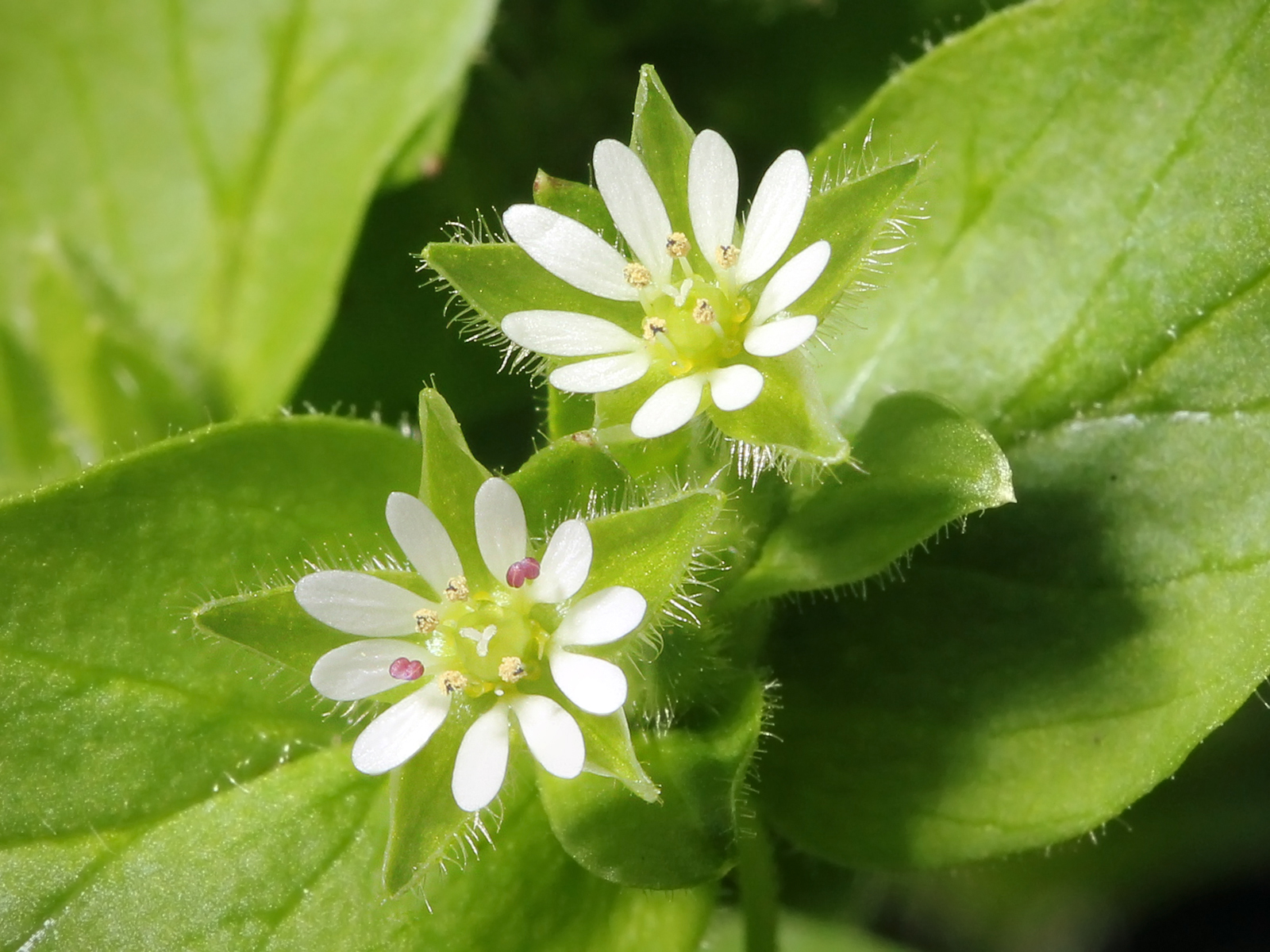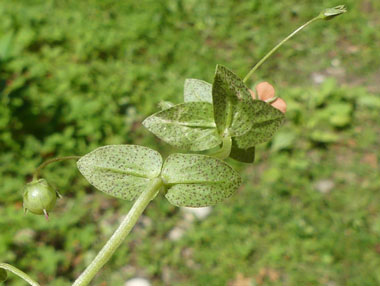Last time, we started out on a journey to find edible plants hiding among the lawns in our neighborhoods. We discussed clover and two of its look-a-likes: black medic and common yellow wood sorrel. We hope your heightened awareness of these friends has brought a little something special to your life. We’d like to continue this month by discussing a few more delicious edible ‘weeds’ that you might find peeking up through the grass.
NOTE: Please read the full POP disclaimer at the end of this article before consuming any plants listed herein.
Dandelion
The common dandelion (Taraxacum officinale), the bane of existence for many curators of the ‘perfect’ lawn. Its name is a corrupted form of the original French name, dent de lion, or lion’s tooth, due to the serrated edges of its leaves. This plant is perennial and grows down to USDA Zone 3a. The plant digs a tap root deep into the ground. The leaves, with their sharply, toothed lobes, grow in a rosette (circle) from the base of the plant. The hollow stem grows straight up from the base of the plant and attaches to one yellow, radially symmetric flower, which is itself actually a collection of tiny flowers. The seeds are attached to a dispersion apparatus that carries the seed away in the wind (or children blowing them out like candles!).
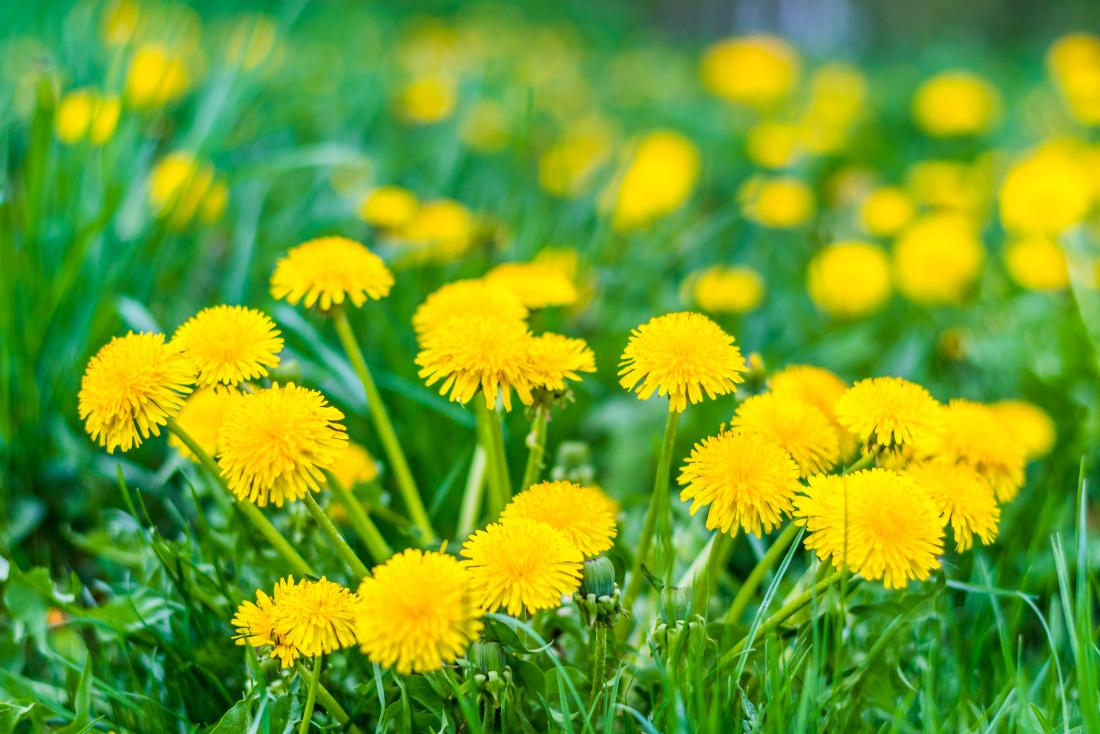
Dandelions are one of those incredibly special plants that are entirely edible and delicious. Of course, the leaves and flowers can be dropped into a salad for a healthy, refreshing pop. Early spring leaves are sweetest, then growing more bitter through the season, making them better as a cooked green. Although any part of the plant can steeped and prepared as a tea, some creative folks create a caffeine-less coffee substitute using the roots. The folks over at cupandleaf.com prepare this drink by roasting dandelion roots at 200 degrees F for 2 – 3 hours. They then grind the roots into a fine powder, steep for 20 minutes, and strain. For future use, freeze for 48 hours, place in a clean airtight container, and store in a cool dark place.
Another one of dandelion’s names, ‘piss-a-bed,’ gives insight into one of its many medicinal values as a diuretic. It has also been implicated as a liver detoxifier and blood sugar stabilizer. Further, a 2015 Canadian study demonstrated that dandelion extracts can help protect the skin against UVB radiation. Consider reaching for dandelion before reaching for that sunscreen!
As if the medicinal and nutritional values weren’t enough — there’s more! Dandelion flowers can also be used to make a subtle, yellow fabric dye. The process is relatively straightforward. First, soak your cloth in the chosen mordant that’s suited for your cloth type. Pick about an ounce of dandelion flowers and boil in 3 cups of water to extract the color. Separate the dandelion flowers from the water. Add the mordant’d cloth to the dyed water and simmer for approximately an hour. See here for more info.
Sheep Sorrel
Sheep Sorrel (Rumex acetosella), also Red Sorrel or Field Sorrel, looks similar to wild arugula, but with a lemony rather than peppery taste. It is commonly found in disturbed soils and lawns, where its spearhead-shaped leaves grow in a 4-6 inch basal rosette (i.e. they pop up from the surface of the soil in a circular pattern). The plant is diecious, meaning the male and female flowers are contained on separate plants. The flowers of male plant are greenish-yellow. The female flowers are technically white, but the sepals (the leafy component that encloses the flower) and seeds redden as the seeds mature. The plant has an aggressive root system composed of a long taproot AND spreading rhizomes, making it difficult to eradicate once established.

Basal rosette of spear head-shaped leaves 
Red/pink flowers
Sheep sorrel has a delicious sour taste, which adds the perfect twist to a bland salad or sandwich. As with Common Yellow Wood Sorrel, the sour taste of sheep sorrel is attributable to oxalates/oxalic acid. The same warnings apply: large quantities can potentially be toxic. Added caution and/or moderation should be taken by those prone to developing calcium-oxalate kidney stones or those who have vulvodynia. The leaves are best when picked young and tender; the flavor becomes less palatable as the plant matures. Plucking leaves while the plant is young encourages new leafy growth and prevents flowering, which is a win-win in my book!
Sheep sorrel contains a good deal of important vitamins and minerals, including vitamins A, C, and B, calcium, potassium, magnesium, and zinc. It also boasts a spectrum of antioxidants, including quercetin and anthraquinones (giving it its aperient or stool-softening properties). It also may be used medicinally as a diuretic and to help reduce inflammation, particularly within the sinuses. It can be made into a poultice by steeping in hot water and then to the mouth or skin to help treat treat canker sores or skin irritations.
Chickweed
Our final edible lawn weed for this edition: common chickweed (Stellaria media). The stems of common chickweed can branch multiple times from the main stem. The teardrop-shaped, non-serrated leaves are opposite (grow in pairs on opposite sides of the stem); the upper leaves are attached to the stem via short petioles (stalks) while the lower leaves are attached via longer petioles. The white flowers are radially symmetric with 5 two-component petals, which often confuse the observer into thinking there are 10 petals. An untrained eye can also misidentify chickweed by its toxic look-alike, scarlet pimpernel (Anagallis arvensis). The key distinguishing feature is that scarlet pimpernel has red spots under its leaves, whereas common chickweed does not.

Note the non-serrated, tear drop-shaped leaves 
Radially symmetric, 5 petal flowers 
Scarlet pimpernel – note the red spots
As with most of these lawn greens, you can add chickweed to salads or sandwiches. Or, you can use it to make a delicious healthy tea. It has a unique taste, described by some as a mixture between parsley and anise. Thus, it can be used to flavor any number of dishes in a creative manner. The folks over at growforagecookferment.com have even developed a tasty pesto recipe wherein chickweed replaces basil.
Chickweed contains saponins, which have been scientifically demonstrated to facilitate weight loss (in mouse studies) for its role in interfering with the digestion of proteins. However, it’s essential to note that saponins, a class of steroid and terpenoid glycosides that produces a soapy consistency, can also be toxic in large concentrations.
Thanks for reading! We’ll see you next time!
Read more by referencing the below links:
Dandelion:
- https://www.fiberartsy.com/natural-dyeing-dandelions/
- https://www.verywellhealth.com/the-benefits-of-dandelion-root-89103
Sheep Sorrel
- http://tcpermaculture.blogspot.com/2013/03/permaculture-plants-sorrel.html
- http://herbgarden.co.za/mountainherb/article.php?tag=SheepsSorrel
- https://uvicpermaculture.wordpress.com/permaculture-plants/the-weed-worth-growing-sheeps-sorrel/
- https://www.illinoiswildflowers.info/weeds/plants/sheep_sorrel.htm
- https://plants.ces.ncsu.edu/plants/rumex-acetosella/
- https://draxe.com/nutrition/vegetables/sorrel/
Chickweed
- https://www.youtube.com/watch?v=GJnp-lqdofM
- https://www.growforagecookferment.com/chickweed-pesto/
- https://www.chefs-garden.com/products/greens/chickweed/traditional
- https://www.verywellhealth.com/chickweed-what-should-i-know-about-it-89437
- https://pfaf.org/user/plant.aspx?LatinName=Stellaria+media
Disclaimer
The Philadelphia Orchard Project stresses that you should not consume parts of any wild edible plants, herbs, weeds, trees, or bushes until you have verified with your health professional that they are safe for you. As with any new foods that you wish to try, it is best to introduce them slowly into your diet in small amounts.
The information presented on this website is for informational, reference, and educational purposes only and should not be interpreted as a substitute for diagnosis and treatment by a health care professional. Always consult a health care professional or medical doctor when suffering from any health ailment, disease, illness, or injury, or before attempting any traditional or folk remedies. Keep all plants away from children. As with any natural product, they can be toxic if misused.
To the best of our knowledge, the information contained herein is accurate and we have endeavored to provide sources for any borrowed material. Any testimonials on this web site are based on individual results and do not constitute a warranty of safety or guarantee that you will achieve the same results.
Neither the Philadelphia Orchard Project nor its employees, volunteers, or website contributors may be held liable or responsible for any allergy, illness, or injurious effect that any person or animal may suffer as a result of reliance on the information contained on this website nor as a result of the ingestion or use of any of the plants mentioned herein.
SAFETY PRECAUTION: While there are many plants which are helpful and beneficial for us to partner with, there are plants that are dangerous for us to consume or even to touch. It’s important that we take the necessary precautions – in a city space: avoid harvesting from places with pollution or runoff; avoid harvesting endangered plants; understand there are some plants used medicinally only in small doses vs some that can be eaten with relatively little concern. The most important thing is that you trust your body, go slow with incorporating any new plants into your diet!
This POP Blog Post was written by 2019 POP Orchard Intern Chris Flounders.
SUPPORT US! If you found this entry useful, informative, or inspiring, please consider a donation of any size to help POP in planting and supporting community orchards in Philadelphia: phillyorchards.org/donate.
